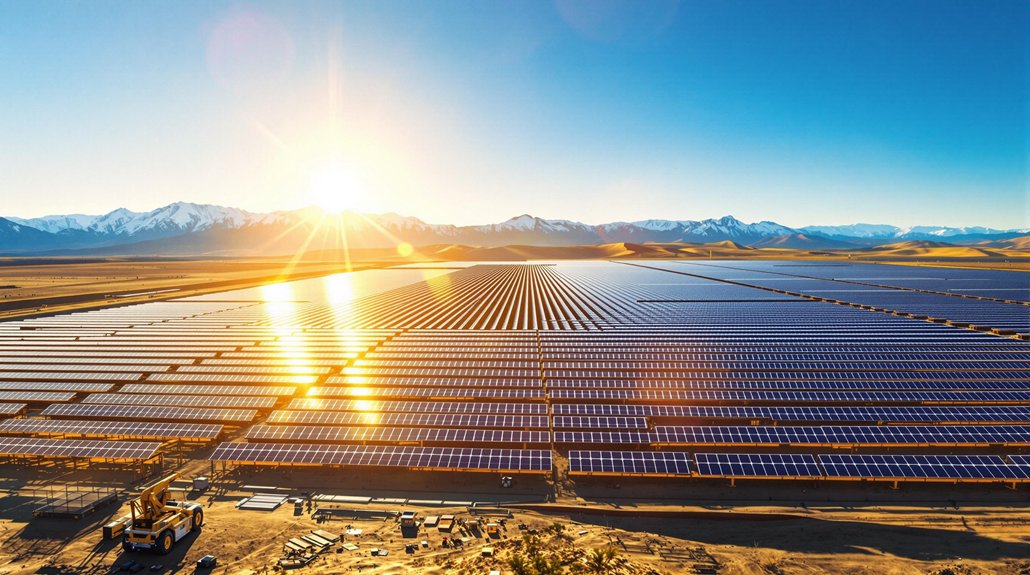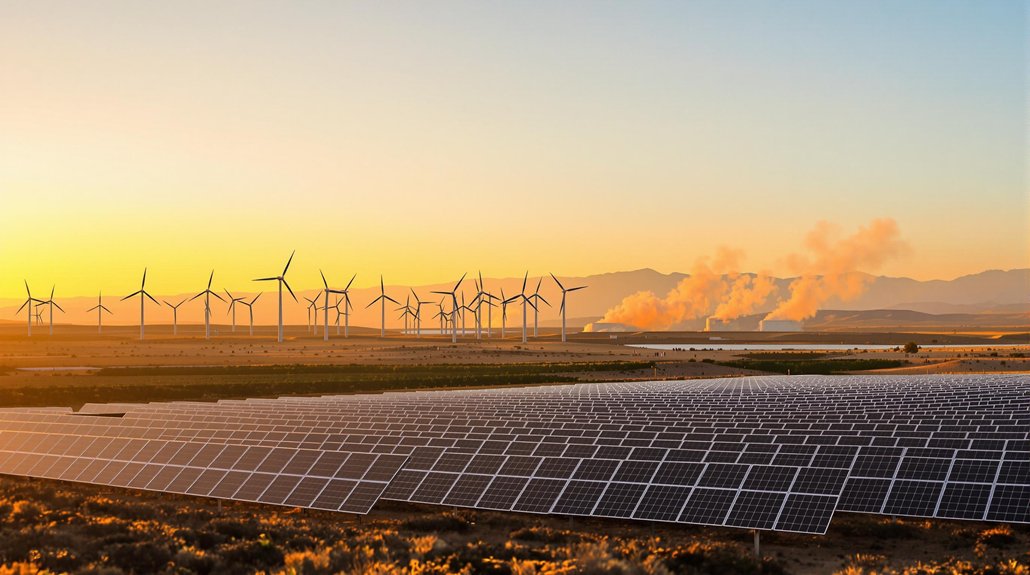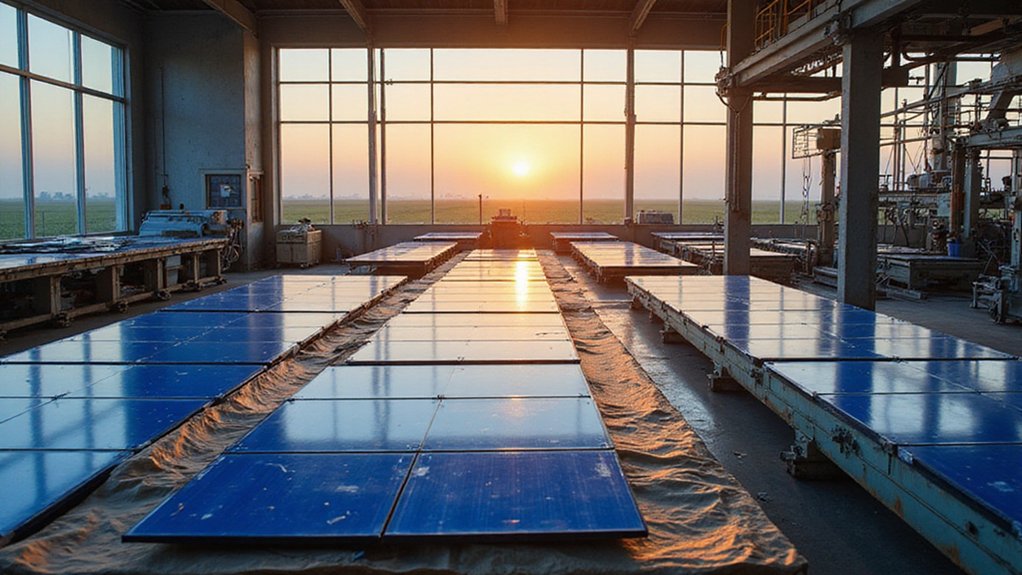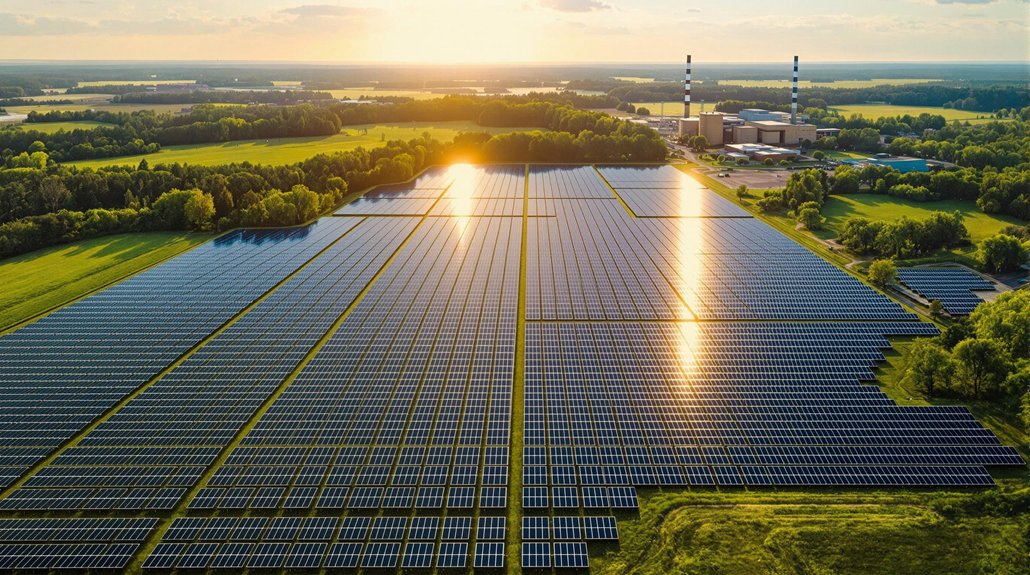Trump’s return spells trouble for India’s solar industry. With 98% of India’s solar exports heading to America—worth a whopping $2 billion—manufacturers face a grim future. His promised “national energy emergency” prioritizes fossil fuels while sidelining renewables. Companies like Waaree and Adani built their business on US demand, now threatened by potential tariffs and policy shifts. Southeast Asian competition only adds to the perfect storm brewing for India’s panel makers.
As Donald Trump returns to the White House, India’s booming solar export industry faces a potential crisis. The numbers don’t lie – a staggering 98% of India’s solar module exports went to the US in 2024, worth nearly $2 billion. That’s a lot of eggs in one basket. A basket Trump seems enthusiastic to flip over.
Trump’s day-one “national energy emergency” declaration isn’t just political theater. His pledge to halt renewable projects immediately while ramping up fossil fuel production signals a dramatic policy shift. So much for climate priorities, right?
Trump’s fossil fuel reboot isn’t subtle—he’s hitting the climate emergency ejector seat on day one.
American companies that have been gobbling up Indian solar panels might soon find their appetites suppressed by presidential decree. Indian manufacturers like Waaree Energies, Adani Solar, and Vikram Solar have been riding the US demand wave, exporting more than half their annual production across the Pacific. Good times.
But Trump’s potential rollback of Inflation Reduction Act incentives could change everything. Nothing kills a solar boom quite like yanking away tax credits. The threat of new tariffs and anti-dumping investigations looms large. Trump’s “America First” approach doesn’t exactly scream “please send us more Indian solar panels.”
And with US demand potentially tanking, Indian manufacturers might soon be scrambling to find new markets for all those shiny modules. India’s own solar initiatives aren’t exactly picking up the slack. With renewable energy making up just 28.8% globally, India’s manufacturers face even greater challenges in finding alternative markets. Analysts suggest investors should wait for significant price corrections before accumulating shares in companies like Waaree and Premier Energies. The country missed its 100 GW solar target for 2022, and domestic manufacturers still depend heavily on imported components.
The government’s PLI scheme and ALMM list are steps in the right direction, but they’re baby steps in a marathon. Meanwhile, competition from Southeast Asian countries is heating up, and module prices keep falling. By 2030, experts predict solar modules will cost just $100/kW. Great for buyers, potential disaster for manufacturers.
For India’s solar export industry, Trump’s return might just be the perfect storm. Sometimes the forecast calls for rain. This one’s calling for a downpour.








